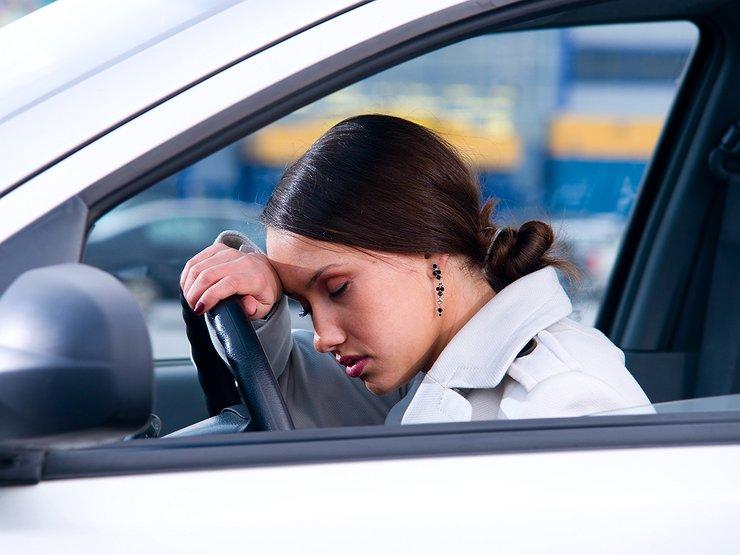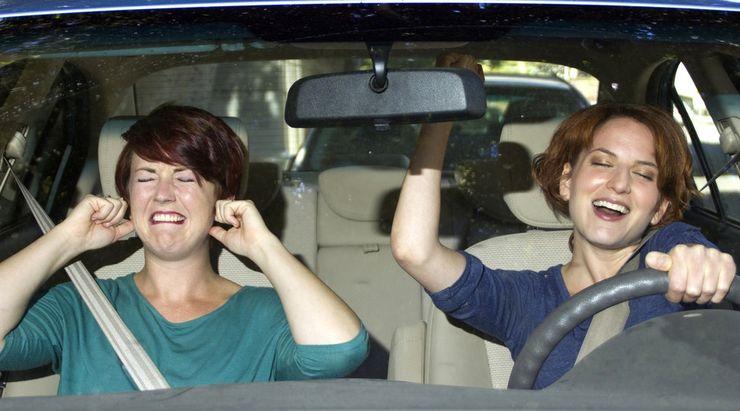
Secret truths: why drivers actually fall asleep at the wheel
Many motorists are convinced that in order to feel cheerful on a trip - a long or not very long one - it is enough to get a good night's sleep the night before. But why, then, even those who are full of strength and energy lull behind the wheel? Scientists have found the answer to this question by conducting an unusual experiment.
According to statistics, about 20% of fatal accidents on the roads around the world are caused by drivers who feel at least the slightest bit tired. In general, this is not surprising, since the levels of concentration and attention of a person experiencing an obsessive desire to quickly cling his head to a soft pillow are slightly higher than the baseboard.
The traffic police and other organizations fighting to improve road safety tirelessly tell drivers: get enough sleep, walk more often in the fresh air, stress less, review your diet. And until recently, few people thought that sometimes the cause of drowsiness of motorists is not at all a stormy night or a passive lifestyle, but the insidious vibrations of a car engine!

To find out why even “energizers” fall asleep at the wheel, Australian scientists from the Royal Melbourne University of Technology decided. They seated 15 well-rested and alert participants in car cockpit simulators and monitored their condition for an hour. The desire of the volunteers to find themselves in the arms of Morpheus as soon as possible was betrayed by changes in the heart rate.
The whole "salt" of the study was in the vibrations of the cabs, imitating real cars. Some installations were in a state of complete rest, the second - shook with a frequency of 4 to 7 hertz, and others - from 7 hertz or more. The first to feel fatigue were precisely those “drivers” who were in the second, low-frequency cabins. Already after 15 minutes they were overcome by yawning, and after half an hour - an urgent need to go to sleep.
Those participants in the experiment who got stationary cars felt cheerful throughout the test. The same can be said about the volunteers, located in the "carriage", vibrating at high frequencies. It is curious that active shaking even gave additional strength and energy to some of the "experimental" ones.

What is the relationship with cars? According to the authors of the study, during a normal trip, the engines of modern passenger cars create vibrations in the range from 4 to 7 hertz. Higher frequencies are only achieved under extreme conditions that drivers do not experience in their daily lives. The results of the experiment confirm the theory that cars themselves lull drivers to sleep.
It turns out that not only the normalization of the rest regime for motorists, but also the modernization of the design of car seats can contribute to improving the level of road safety. If manufacturers “teach” seats to suppress engine vibrations, then drivers will no longer feel false sleepiness, which means that the number of accidents is likely to decrease.
But when the car builders will get to work and whether they will start at all is unknown. And therefore, the AvtoVzglyad portal once again reminds you: in order to defeat drowsiness, open windows more often, watch your biological clock, talk more with passengers, choose invigorating music and do not hesitate to stop if you feel that you no longer have the strength to keep your eyes open.
